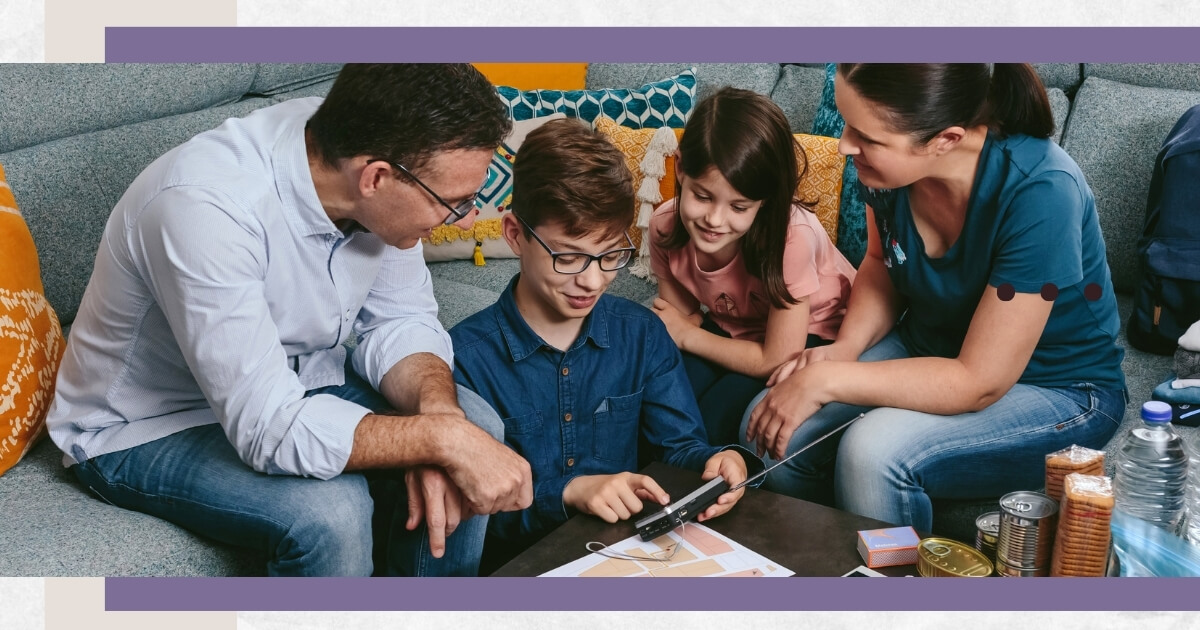Incorporating physical education into your homeschool curriculum can be both rewarding and challenging. Many homeschooling parents often grapple with finding ways to keep their children active while making learning fun and engaging. The good news is that homeschool physical education activities don’t have to be daunting or complex. With a mix of creativity and enthusiasm, […]











